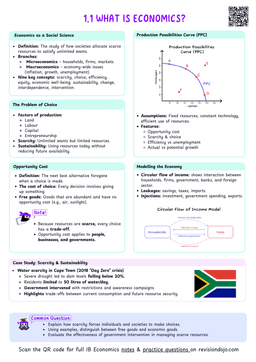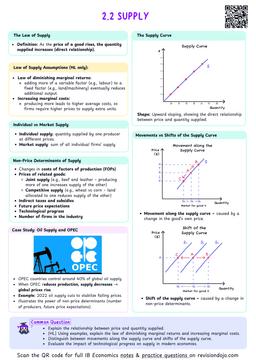Asymmetric Information
Refers to situation where buyers and sellers don't have the same access to information.
- When talking about competitive markets, it is assumed that there is complete information in the market.
- However, this is rarely the case, since there is always two types of asymmetric information in the market:
- Adverse Selection.
- Moral Hazard.
In this section, you should just focus on understanding the concept of asymmetric information. The effects it has on markets and the responses stakeholders develop to prevent it will be explored in the next section.
Adverse Selection
Adverse selection
When one of the sides has more knowledge about the quality of the product sold than the other.
- A transaction has two sides:
- The buyer.
- The seller.
- In real-life, in most transactions, two scenarios often occur:
- The seller has more information about the product than the buyer.
- The buyer has more information about the product than the seller.
Scenarios when the seller has more information
- The seller of the product oftentimes a lot of times has information about the quality of the product.
- Often, this information is hidden because, if revealed to the buyer, it may cause the buyer to not buy the product.
- This often results in an under-allocation of resources:
- Consumers reduce their spending to protect themselves from the lack of information.


